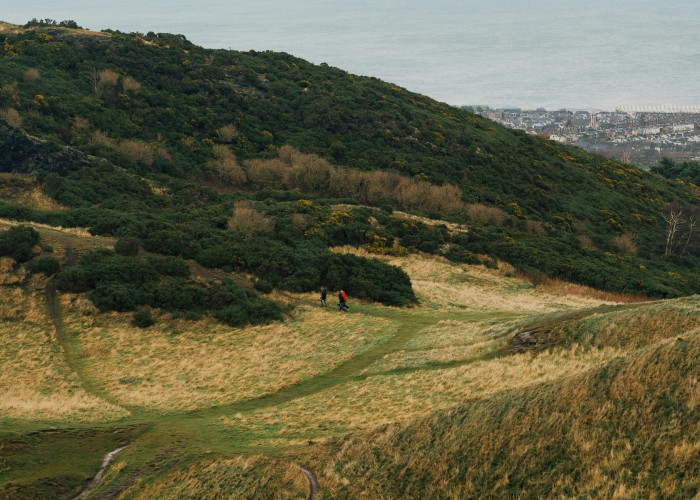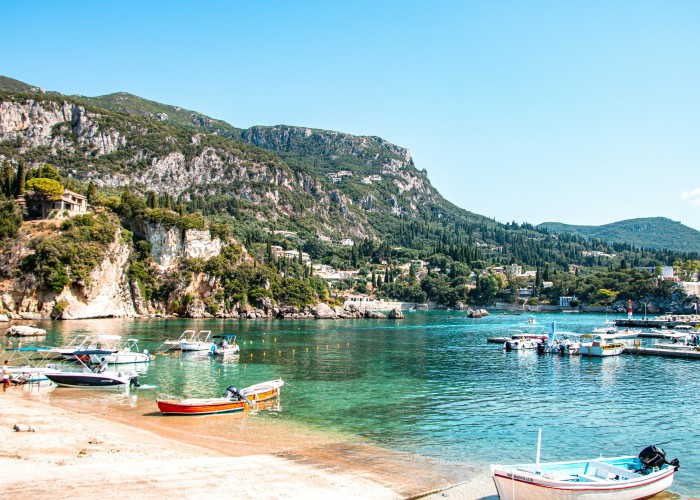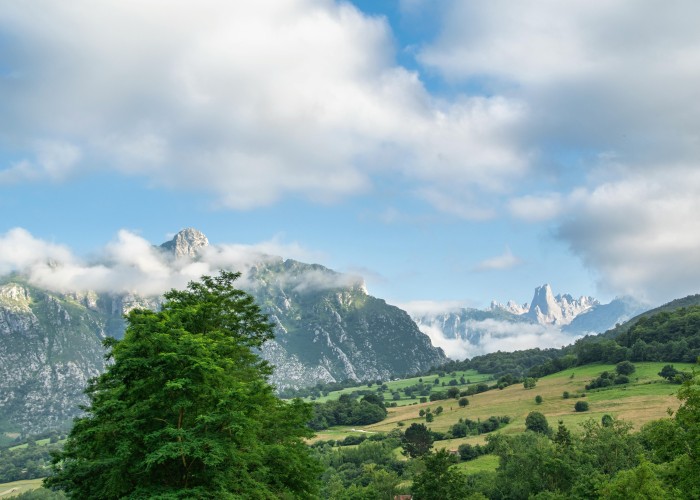Imagine stepping steadily from one untamed island to another, rugged cliffs meeting frothy waves, and the call of seabirds echoing across the misty horizon. That’s the magic of Scotland’s coastal island walking treks. Whether you’re tuning in from the USA, UK, Australia, or Germany, this guide will help you plan a smooth, scenic, and memorable island-walking adventure—totally informational, not promotional. Scottish Islands Coastal Walk Trek – Scotland.
Overview: What, Where, and Why It’s Famous
- What: A walking adventure across one or more of Scotland’s coastal islands—popular choices like the Isle of Skye, Arran, Harris & Lewis, or the Orkney and Shetland Isles.
- Where: Stretching from the Hebrides in the west to the North Sea’s outer islands. Trails connect villages, lochs, fields, and coastline.
- Why It’s Famous: Dramatic scenery, solitude, and diverse landscapes—from sea stacks and white sand bays to ancient ruins and winding hillside paths.
Walkers trail remote coastlines shaped by geology, history, and the sea.
Best Time to Visit
- Late May to September offers the most dependable conditions—long daylight, warmer weather, and better trail access.
- June to August are peak months with mildest temperatures—ideal for outdoor performance and natural beauty.
- May and September bring fewer tourists and wildflowers or autumn colors, but weather can turn quickly.
- Winter months are not recommended for coastal trekking due to wind, rain, shorter daylight, and uneven paths.
How to Reach the Islands
- By Air: Fly into Inverness, Glasgow, or Edinburgh, then transfer to regional airports like Stornoway, Kirkwall, or Sumburgh.
- By Train: Scottish rail connects the mainland; ferries often depart starting points from stations like Oban or Mallaig.
- By Road (Ferry): Regular ferry services link mainland ports to islands. Car ferries offer flexibility if you bring your own vehicle.
- Public Transport: Buses and community shuttles often connect ferry terminals to nearby villages and trailheads.
Entry Fees and Permits
- No permits are required for walking public paths on most islands.
- National scenic areas or nature reserves may charge modest entry or parking fees (around 5–10 GBP, subject to change).
- Camping is regulated: Wild camping is allowed as long as you follow responsible rules—leave no trace, avoid historical sites, and stay away from houses.
Food Availability and Meal Options
- Island villages have cafés, pubs, or small shops where you can buy fresh sandwiches, local fare, or supplies.
- Supermarkets in larger towns offer essentials—good to stock up before hiking.
- Local produce is often exceptional—think freshly baked bread, island lamb, seafood, and locally made cheese.
- For remote treks, carry lightweight snacks like nuts, dried fruit, and energy bars to fuel your walking. Scottish Islands Coastal Walk Trek – Scotland.
Packing List and Essentials
- Waterproof, sturdy walking boots with ankle support
- Quick-dry clothing layers, including a wind and rain shell
- Warm mid-layer (fleece or light down jacket)
- Hat and gloves for exposed ridges—even in summer
- Trekking poles (helpful on uneven terrain)
- Daypack with rain cover, water bottle, and snacks
- First aid kit and blister plasters
- Map and compass (digital devices may lose signal)
- Headlamp or flashlight
- Portable battery pack for phones or GPS
- Cash (some remote cafés accept only cash)
- Lightweight camping gear if you choose to camp
Safety Tips and Local Regulations
- Check weather daily—conditions can shift rapidly on exposed coasts.
- Stick to official paths; croft land or cliff edges can be dangerous.
- Inform someone of your plans—delivery of mobile coverage varies.
- Carry enough water or know where to refill safely.
- Respect wildlife and avoid disturbing nesting birds or grazing areas.
- Be mindful of tides—some coastal routes may need timing navigation.
- Leave no trace, dispose of waste properly, and respect historical and archaeological sites.
Tips for Beginners or First-Time Visitors
- Start with accessible islands like Arran or Skye, where paths are well-marked.
- Plan day hikes first to acclimate before attempting multi-day routes.
- Look for purpose-built accommodations—B&Bs, hostels, or bothy shelters—for rest between walks.
- Join local visitor centers to pick up maps and ask about trail conditions.
- Carry a lightweight travel towel if staying in mixed accommodation.
- Hike slowly—reward comes in scenery, not pace.
Local Customs and Cultural Etiquette
- A polite “Hello” or “Hiya” and “Thank you” go a long way—many islanders are friendly and welcoming.
- Respect quiet rural evenings—many places wind down early.
- Tipping is not expected but appreciated for good service in cafés or pubs.
- Embrace Gaelic or island language names—like Loch, Ben, or Craigh—pronunciation may be part of the charm.
- Show interest in local stories—folklore, croft heritage, or maritime history are integral to island culture.
- Avoid walking through private garden areas or livestock fields without permission. Scottish Islands Coastal Walk Trek – Scotland.
Frequently Asked Questions (FAQs)
How long are walks on the islands?
- Routes vary—river valley paths can be 5–10 km per day; multi-day coastal loops may span 3–5 days depending on your route.
What is the difficulty level?
- Moderate. Mostly well-defined trails with some uneven rocky or boggy sections. Good footwear and attention are essential.
What are the elevations?
- Most treks stay below 600 meters, but exposure on headlands can feel more demanding.
Are toilets available on trail?
- Only in villages, pubs, or visitor centers—pack toilet paper and bag for use on remote sections.
Should I worry about wildlife like midges?
- Yes—midge season (late spring–early summer) can be intense; insect repellent is a must.
Can I hike alone?
- Yes, but be self-sufficient: know your route, keep gear dry, watch the weather, and tell someone your plan.
Do I need a guide?
- No, paths are clear and marked. A guide just adds local insight and extra safety for remote areas.
Are there peaks to climb with coastal views?
- Yes—some island ridge walks include small peaks that reward with panoramic views of the Hebrides or mainland.
Conclusion
The Scottish Islands coastal walk trek is a soulful journey through geography and heritage—a combo of wild sea, quaint villages, and endless horizons. With thoughtful preparation—right season, gear, respect for local culture, and awareness of nature—you’re set for an exceptionally rewarding experience. Scottish Islands Coastal Walk Trek – Scotland.






Leave a Reply